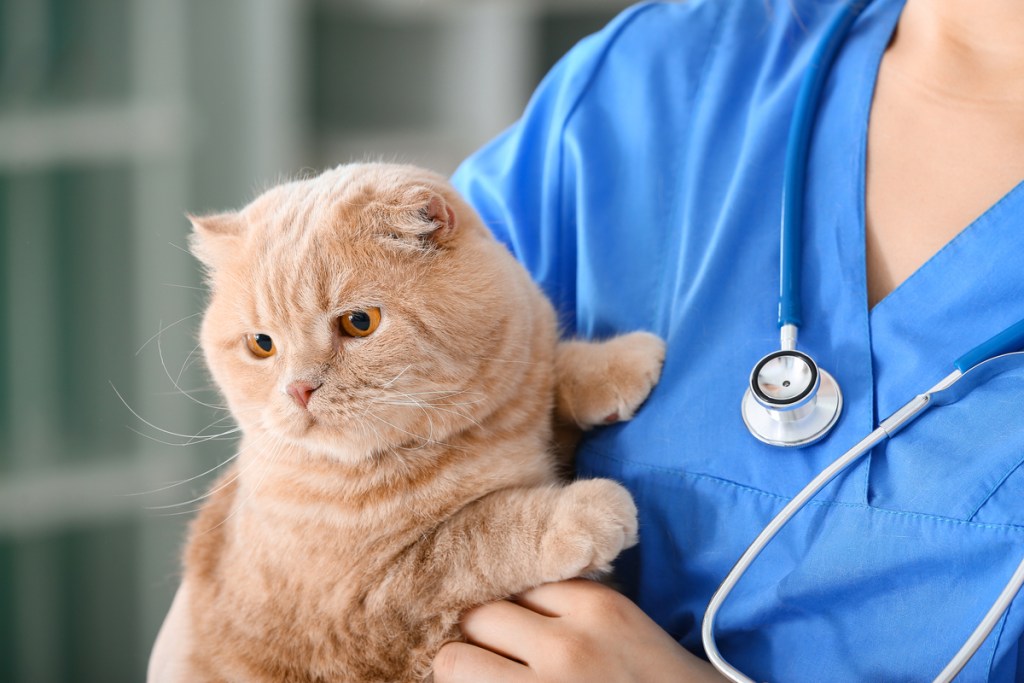If your pet ever gets sick or injured, you may find yourself rushing to the vet. In the middle of worrying about your pet’s health, you may also be worrying about how to pay for his vet bills. Emergency vet bills for tests and surgeries can quickly climb into the thousands of dollars, and if you’re not prepared, you might be scrambling to cover those costs. Luckily, you have many ways to get ready, just in case your pet ever has an emergency. With a little preparation, you won’t have to worry about the bills and can focus on getting your pet the care he needs.
Why having payment ready is so important
If your pet experiences a true emergency, then he may need surgery, diagnostic tests, or other treatment right away. Most vets require a 50% deposit before performing an expensive surgery. In many cases, getting your pet the treatment he needs right away could save his life. Putting that treatment off until you can gather the deposit could make his condition worse and require a more involved and expensive treatment.
Having funds ready means you can ensure your pet gets treated when he needs it.

Start a savings account
One of the best ways to guarantee you can pay for your pet’s vet bills is to start a dedicated savings account. Open up a free savings account and make regular deposits to build up the balance. Consider setting up automatic deposits from your paychecks so that you don’t have to remember to make those deposits. You might choose to deposit a certain percentage from each paycheck or deposit a flat dollar amount each week or month.
Leave this account untouched except for true veterinary care emergencies. With time, the account balance will not only grow to cover your initial deposit, but it also may become large enough to cover the full bill.
Have a spare credit card
Some pet owners may choose to open up a credit card account that they would use only in a pet emergency. This strategy works well if you can find a low-interest card and then not touch it for anything else.
The benefit of a dedicated credit card is that it lets you put down that initial deposit on the spot, rather than having to go withdraw money from your savings account. You may need to make the occasional purchase with the card so that your credit card provider will leave it open, but be sure to always pay off that purchase during your next billing cycle to keep the balance at zero.
Apply for CareCredit
CareCredit is a specialized credit card that helps cover health — including veterinary — costs that aren’t covered by health insurance. CareCredit lets you charge amounts of $200 or more at approved facilities. When you make an approved charge, you’ll have six, 12, 18, or 24 months to pay off that balance without interest. If you don’t pay off the balance in full within that approved term, then you’ll be charged interest going back to the date you originally made the charge.
This can be an excellent method to pay for an emergency vet visit if you are confident that you’ll be able to pay off the balance within the specified period. Check first with your vet to make sure that they accept CareCredit; your vet will tell you how long their approved repayment term is.
Be aware that CareCredit has high interest rates outside of that promotional no-interest offer, and that offer is good only during your promotional period. You can apply for and be approved for CareCredit within minutes, making it a practical option during emergencies.

Sign up for pet insurance
Pet health insurance can help cover some emergency care costs. Some insurance policies also offer coverage for more routine care. Most insurance policies reimburse your costs, so you’ll need to cover the initial vet bills, and then your insurance provider will send you a check. So, it’s important to be prepared with another payment method, like a credit card, to initially cover your vet bills.
When shopping for pet insurance, request quotes from multiple companies and carefully read each policy so you know just what’s included and what’s excluded. Remember to consider not just the difference in premiums but also the difference in deductibles, coverage, exclusions, and copayments.
Crowdfunding
Friends, family, and even strangers might be willing to help you cover emergency vet bills, which is great. But crowdfunding sites and social media are often saturated with vet bill appeals. Sure, you can set up a crowdfunding campaign to help raise money for your pet, but don’t rely on this method as a primary way of funding your pet’s emergency care needs.
Crowdfunding tends to take time, and different platforms have their own schedules for paying out the money that’s been raised. Better to focus on other payment methods first.
Paying for emergency bills
In exceptional instances, your vet may allow a payment plan. You can see if your vet offers this option, but be forewarned that many vet practices don’t.
Instead, be prepared to pay for your pet’s vet bills — or at least to put down a deposit — at the time of his treatment. There are many steps you can take ahead of time to ensure that you’re financially prepared. Knowing you have a plan to pay the bills can help reduce your financial stress, so you can focus entirely on what your pet needs from you during this time.


